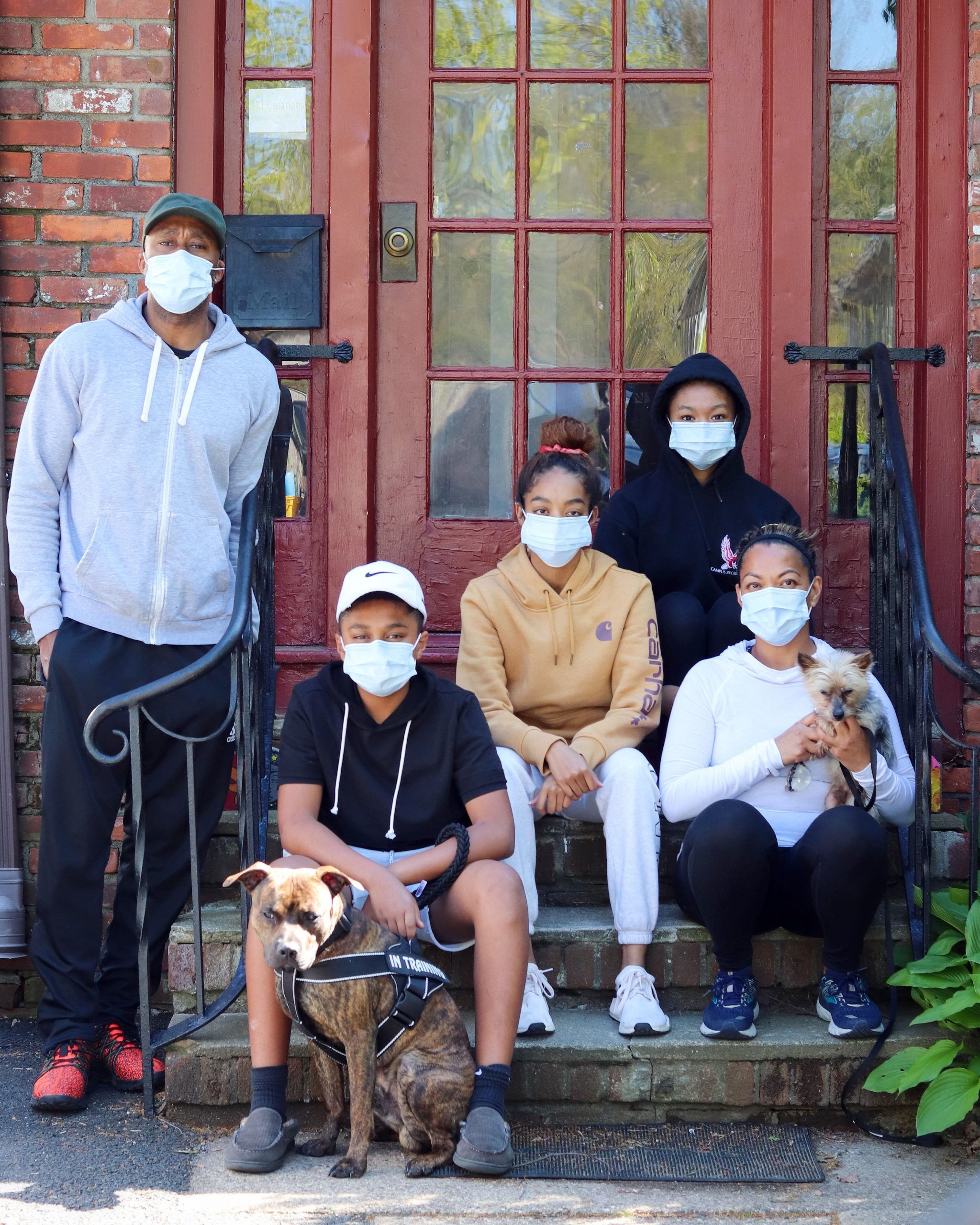“You must learn to let go. Release the stress. You were never in control anyway” –Steve Maraboli in his book Life, the Truth, and Being Free.
Control and certainty are two things that human beings seek. These two things help you feel confident in yourself and in the world since you feel like you have the ability to change things.
But with a pandemic like COVID-19, the loss of control and uncertainty have become the norm. This article will help you understand how COVID-19 has fueled eating disorders and the signs of eating disorders to look out for in your troubled teen
.
The Rise of Eating Disorders Due to COVID-19
Because eating disorders like anorexia, bulimia, and binge-eating have underlying causes, COVID-19 has fueled the rise in eating disorders through different methods. These include a decrease in mental and behavioral wellness, an increase in food insecurity, and a lack of structure and routines.
1. Mental and Behavioral Health and Eating Disorders
The first underlying cause of eating disorders are mental and behavioral illnesses/conditions. According to a survey done by a group of researchers, 26.9% of parents reported the worsening of their mental health due to COVID-19. 14.3% also reported a worsening in their child’s behavioral health. This is important to know because there is a correlation between mental and behavioral issues and eating disorders such as anorexia and bulimia.
That is because the eating disorder is seen by your teen as one way of coping with mental and behavioral health issues. But as you’re aware, there are healthy and unhealthy ways of coping with distress, so your teen’s views of coping may themselves be toxic.
2. Increasing Food Insecurity
As we’ve learned through this pandemic, food insecurity is not only a concern for low-income and working-class families. In fact, with many people stocking up on food and other items (can we say toilet paper!), food insecurity is a major concern for many families. For example, in the same study done by those researchers earlier this year, they reported that 36% of families reported food insecurity as a pressing issue.
For your teen who’s struggling with anorexia, bulimia, and other eating disorders, food insecurity can trigger unhealthy behaviors like monitoring their calories, binge eating, and overexercising.
3. Lack of Structure and Routines
As a parent, the best things that you can offer your teen are structure and familiar routines. As many mental health practitioners have found, while teens may seem to feel “bored” with routines and structure, they internally and quietly value structure. But with COVID-19 and the lockdowns associated with this pandemic, it seems like finding a solid routine may seem difficult.
That’s where eating disorders offer your teen a familiar structure. Your treen feels as though they are in control of something even if the whole world seems in disarray. So, when they have experienced loss and are grieving the year that they thought that they would be having, eating disorders offer them one way of seemingly gaining control.
Helping Your Teen: Recognizing the Signs of Eating Disorders
The best way to help your teen is by recognizing the signs of eating disorders. Here are some to look out for:
-
Expressing Disgust Or Dislike For Their Bodies
- This can include statements such as “I’m so fat!” or “I really want to lose weight.”
-
Wanting To Eat Alone Or In Private
- Usually, this is a way of teens shying away from exposing themselves to other people’s gaze since others will notice abnormal eating patterns.
-
Skipping Meals Or Frequently Dieting
- Your teen might constantly be on a new diet or abusing existing diets like the Keto or vegan diets.
-
Isolating Themselves
- Usually, the more they get into their eating disorder, the less likely they’ll want to engage in social activities, especially if those activities include food.
-
Over-Exercising
- This can look like spending hours at the gym or at home/outside.
-
Change In Their Appearance
- This can look like weight loss or gain. As well as changes in hair thickness and skin tone (more pale or yellowish skin).
While this is not an exhaustive list of all the signs to look out for, these signs can indicate eating disorders like bulimia, anorexia, and binge-eating. If you suspect that your teen is struggling with an eating disorder talk to them and encourage them to see a therapist who specializes in eating disorders. You might also seek out the help of a fully licensed residential treatment centers that specialize in guiding teens to normalcy through structure, love, and accountability.











0 Comments